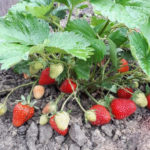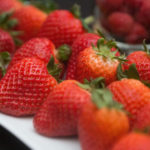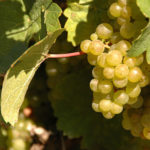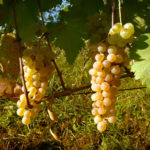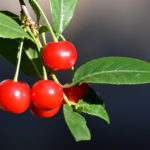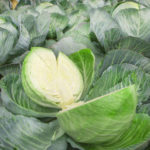Bogota strawberry variety
Bogotá is a late-ripening non-renovated variety of garden strawberries (strawberries) for dessert purposes. It was bred by Dutch breeders, appeared in Russia in the 90s. The official distribution of the variety in the country began to be dealt with by the North Caucasian Research Institute of Mountain and Foothill Gardening and the North Caucasian Federal Scientific Center for Horticulture, Viticulture, Winemaking. Since 1997, strawberries began to undergo state tests at variety plots, and in 2002 they were included in the state register of plants of the Russian Federation. Bogota is approved for cultivation in two regions of the country: the North Caucasus (Krasnodar and Stavropol Territories, Rostov Region, the Republic of Dagestan, Adygea, Ingushetia, North Ossetia-Alania, Crimea, Kabardino-Balkar and Chechen) and the Far East (Primorsky and Khabarovsk Territories, Sakhalin , Kamchatka, Amur, Magadan regions).
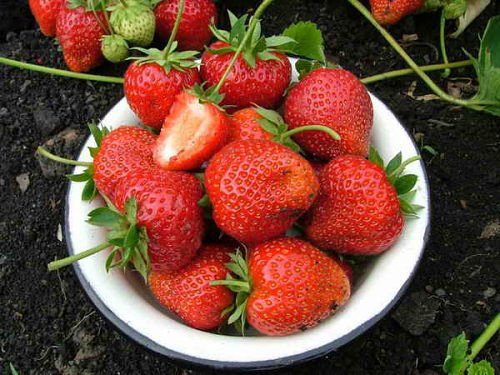
The plant is vigorous, vigorous, well leafy, looks rather compact. The whiskers are thick, formed in large quantities. The leaves are large, dense, leathery, strongly wrinkled, folded at an angle, wide, have a rounded shape. Colored light green. The average share of the leaf is rounded. The petiole is thick, medium pubescent, the hairs are not pressed. Stipules are wide, green in color. The flowers are large, white, collected in a compact multi-flowered inflorescence. The flowers of the variety are bisexual; strawberries do not need additional pollination. Peduncles are thick, strong, located at the level of the leaves. The stalks are of medium length, thick.
Berries of Bogota have a rounded-comb-like or truncated-conical shape, without a neck. The skin is a deep red color with a glossy shine. The pulp is dense, juicy, scarlet in color, has a pronounced strawberry aroma. The taste is very pleasant, sweet, with hints of sourness, not cloying. Tasters rated the taste of strawberries at 4.8 points out of 5 possible. The content of substances in the pulp: 8.6% sugar, 0.72% ascorbic acid, 90 mg% vitamin C.
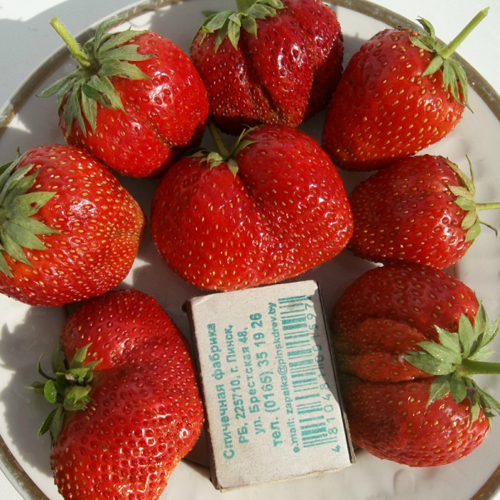
The berries tolerate transportation very well, after harvesting they remain dry and beautiful, have an excellent presentation. However, one nuance should be noted - the fruits of this variety do not differ in uniformity of forms, which often may not please the buyer on the market. Berries are versatile in use, perfect for processing, especially good fresh.
Bogotá is famous for the size of its fruits. So, some specimens reach up to 10-12 cm in diameter! Berries weighing more than 100 grams are often formed. Given the excellent taste, we can even say that our heroine is an excellent substitute for the popular large-fruited strawberries. Gigantella Maxim... In terms of yield, it also does not lag behind the "analogue" - during the state tests the average indicator was 127 c / ha. On average, one plant per season gives about 600-800 grams of berries when grown outdoors, but this is far from the limit. It is worth mentioning, however, that Bogotá does not differ in the uniformity of fruits, which is certainly its disadvantage. So, according to the state register, the average weight of berries per season is only 13 grams.
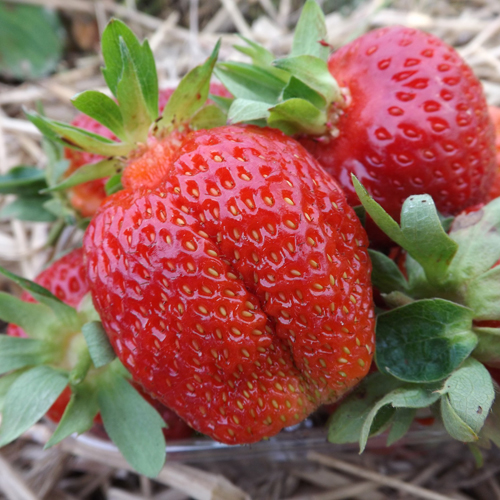
In what the variety loses to other varieties, it is in its poor winter hardiness. Even in not particularly frosty winters, plants can freeze out. However, the problem can be solved with a good cover. With regard to disease resistance, it can be characterized as relative - it is strongly recommended to carry out the necessary preventive treatments. The invulnerability of berries to rot is noted, however, in very rainy seasons or with an overly thickened planting, the fruits can still rot. Also, gardeners noticed a tendency of plants to be damaged by rust and strawberry mites. Drought resistance in Bogota is very low, plants show good results only with regular abundant watering, but there is another nuance, which we will talk about below.
Strawberries are quite whimsical to care for, they require sufficient attention.The place for planting should be chosen sunny, in the shade the plants do not feel very comfortable. Planting is carried out according to the scheme 30 × 60−70 cm, the soil is well prepared and fertilized in advance. The variety does not require a lot of dressings, it will be enough two or three per season, depending on the usefulness of the nutrient and mineral composition of the soil.
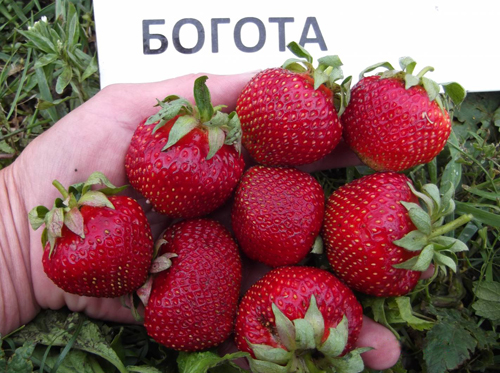
Now let's move on to the main feature of the variety. The fact is that the most delicious berries ripen in hot weather, and their sweetness will be greater if the soil is not moist enough. But in such a situation, the very number of fruits will significantly decrease. Thus, if you want to get the best yield - regularly water the plants abundantly, but if you want to enjoy a particularly expressive sweet taste - do not overmoisten the soil. By the way, gardeners recommend installing a drip irrigation system for Bogotá, with this method of irrigation you will be pleased with the taste of the berries and their quantity.
Special attention should be paid to the rationing of the number of mustaches. As already mentioned, strawberries form a lot of them, which, by the way, is not particularly attractive for large agricultural firms, and if you do not remove them in time, then you can say goodbye to a good harvest. On the other hand, if you are selling seedlings or just want to propagate your plantation, abundant growth will only be a plus for you.
It is worth summing up a little. Bogotá is clearly a noteworthy variety with excellent berry taste and fairly good yields. In care, it is, of course, relatively more demanding than other varieties, but does not require abundant "feeding" in return for an excellent harvest. A big disadvantage of this strawberry is the heterogeneity of the shapes and sizes of berries, which is why it has not gained wide popularity among large agricultural complexes, but it is very good for growing on a personal plot.
